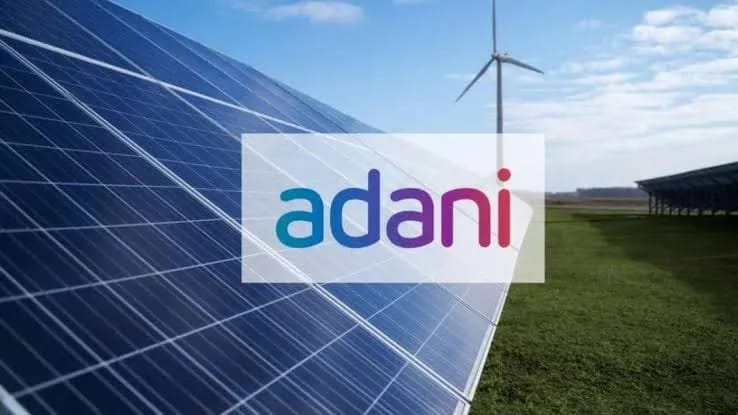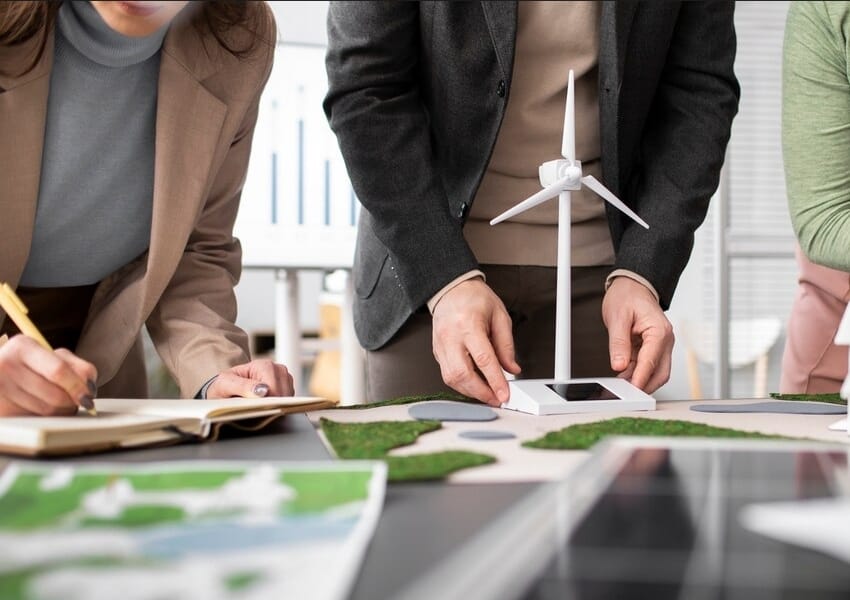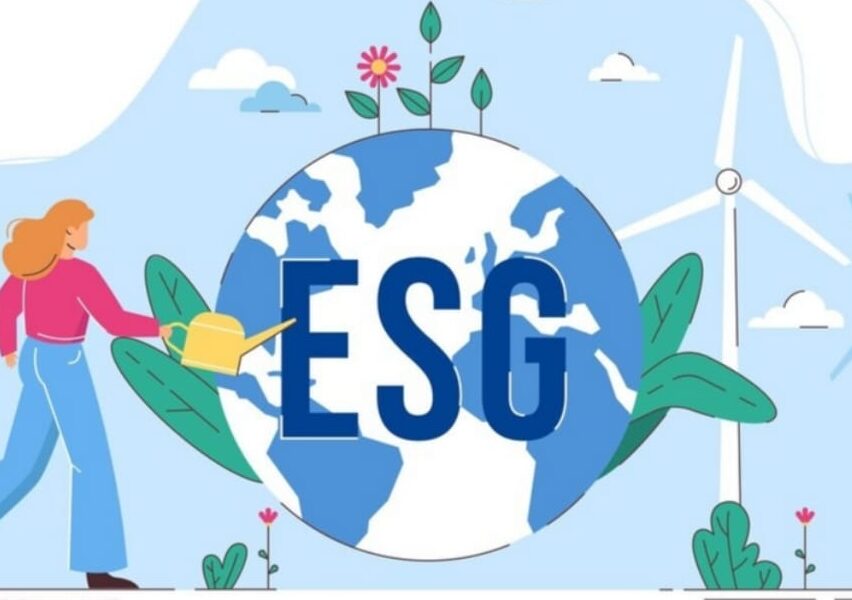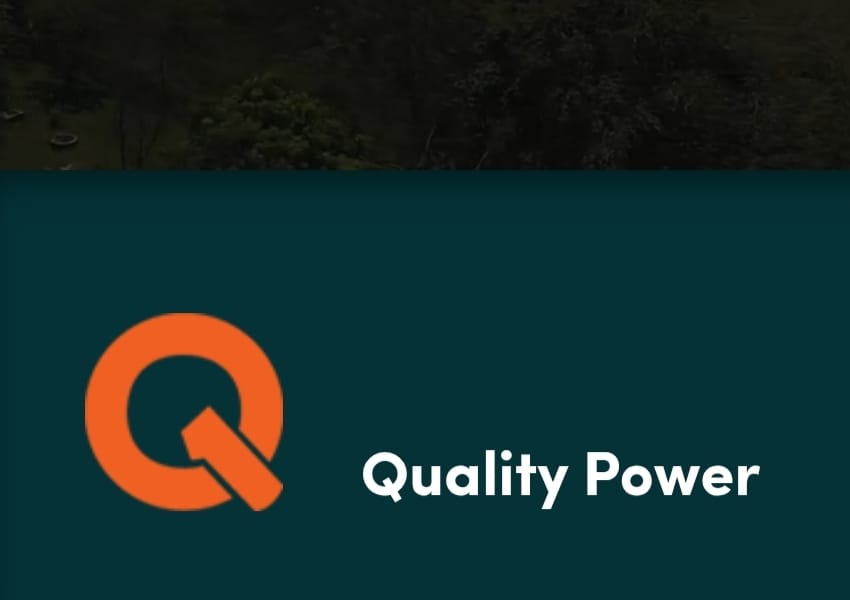ONGC Targets Zero Methane Emissions By 2030

As part of its environmental responsibilities, Oil and Natural Gas Corporation (ONGC) has significantly reduced gas flaring, or the burning of methane gas produced during oil extraction from below the surface, and aims to eliminate it entirely
Oil and Natural Gas Corporation (ONGC) is seeking global technology partners to cut gas flaring and to achieve zero methane emissions by 2030 as part of its larger decarbonisation plan, said Arun Kumar Singh, Chairman of ONGC.
The company has substantially cut gas flaring, i.e., burning of methane gas produced when oil is extracted from below the surface and would look to bring it down to nil as part of its environmental commitments.
India’s role in the global energy landscape is likely to account for 25 per cent of global energy demand growth over the next two decades, said Singh in a LinkedIn post.
By 2050, India’s proportion of the world’s primary energy consumption is predicted to increase to 9.8 per cent. “India’s share in cumulative global greenhouse gas (GHG) emissions has been only 4 per cent, and current emission is 7 per cent, despite its global population share of 16-17 per cent,” he stated.
“Our nation is chasing a paradigm shift in energy consumption, with a focus on cleaner, greener, and sustainable alternatives.” With increasing energy demand, the commitment to decarbonisation is stronger than ever,” he added.
“Methane emissions have been significantly reduced, and by 2030, we hope to have reached zero emissions,” said Singh.
According to Singh, ONGC requires a substantial amount of gas to meet the compression and other process requirements of an oil and gas field in addition to producing electricity. Green electricity wheeled to installations as far as 160 km from the west coast is supposed to replace natural gas by 2028. The liberated gas will be sold to power plants and fertiliser businesses.
“We envisage to wheel green electricity to our Mumbai Offshore fields on the Arabian Sea, replacing natural gas, currently being used to drive power devices at process platforms,” he said.
Methane, which is a more potent greenhouse gas than carbon dioxide, tends to leak into the atmosphere.
Singh also emphasised that addressing the increasing atmospheric concentration of methane, which has persisted for decades, is recognised as a straightforward and cost-effective strategy to promptly mitigate global greenhouse gas emissions. The essential elements in achieving this objective are collaboration and innovation. Recognising this imperative, an invitation is extended to innovators with cutting-edge technology and advanced expertise in pursuing the goal of eliminating methane emissions and preventing any avoidable flaring.
He mentioned that the practice of flaring, which was previously carried out due to a lack of gas customers, has seen a reduction of nearly 80 per cent. While crude oil extracted from the ground can be conveniently transported using trucks, the transportation of gas from distant well sites to industries necessitates the use of pipelines.
Gas flaring reduction and zero methane emissions are part of ONGC’s decarbonisation drive which will also see the company putting up 10 gigawatts of plants to generate electricity from solar and wind and constructing a 1 million tonnes per annum green ammonia plant on the west coast.
ONGC is also looking at setting up pump storage projects at river dams to meet electricity demand at night when solar power cannot be generated. It will also set up compressed biogas plants to convert agri waste into gas that can be used to generate electricity, make fertiliser, or be turned into CNG to run automobiles.





























































































































































































































































































































































































































































































































































































































































































































































































































































































































































































































































































































































































